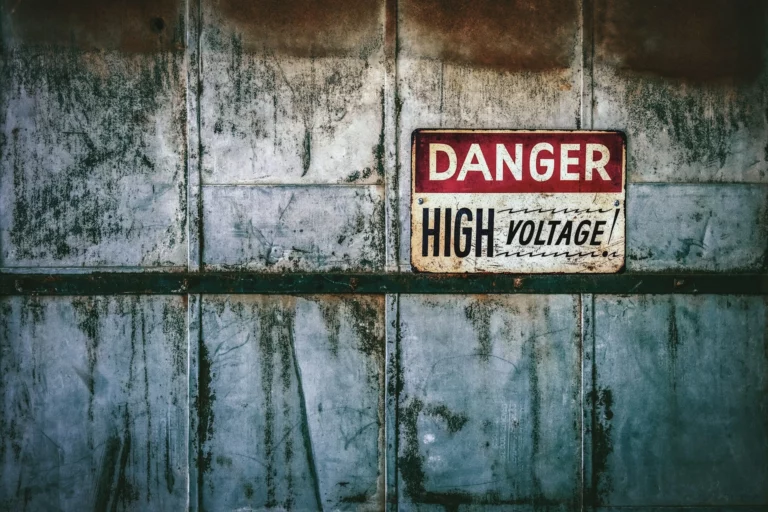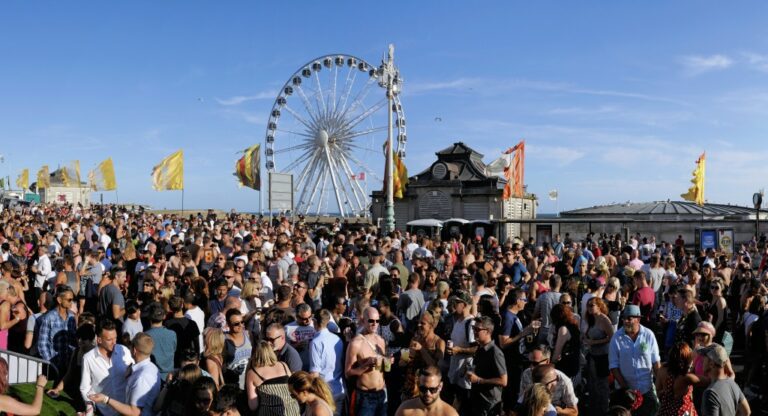When planning events, you’ll come across acronyms such as SAGs, EMPs, ESPs, and RAMS.
Here we breakdown what a SAG is, its purpose, the process, and when you do and don’t need one.
WHAT IS IT?
Coordinated by the Local Authority (LA), SAGs comprise representatives from the local authority, emergency services, relevant bodies, and the event organiser. They’re often based on LA boundaries and focus on event or location-specific safety.
WHAT’S ITS PURPOSE
SAGs serve as a forum for discussing and advising on public safety at events. They help organisers in safety planning and managing events, promoting cooperation, and coordination among relevant agencies. The event organiser retains primary legal duties for public safety and SAGS cannot approve or prohibit events. The group’s purpose is to provide specialist local and event-specific advice, and is a place to discuss any concerns.
THE PROCESS
Event organisers should check for a SAG and submit their proposal if applicable. While attendance is voluntary, engaging in the SAG process offers benefits. Discussions cover all safety aspects, and advice will align with the event’s risk level. Organisers must act on recommendations and, in rare cases of disagreement, involved organisations such as the police may intervene, with LAs making final decisions.
WHEN DO YOU NEED ONE
SAGs are typically needed for events posing significant public safety risks due to attendance size, event nature, or environmental challenges. Lower-risk events such as community fetes may not need one. Likewise, long-running events with established planning and liaison arrangements with LAs and emergency services may not require a separate SAG.
At Hybred Events, we offer SAG representation as part of our event management and safety services, fostering collaboration and coordination among stakeholders. We prioritise open communication and on-the-spot resolutions to ensure safe and successful events.


